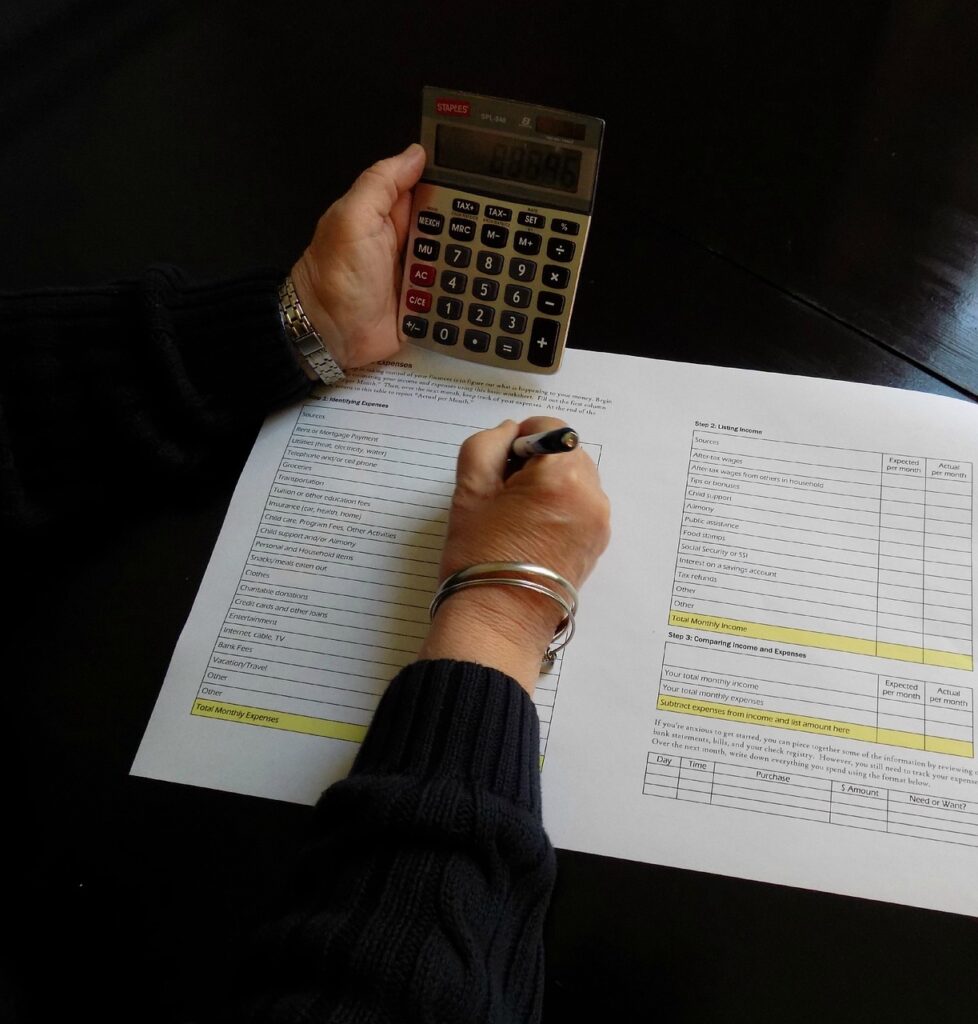Interestingly, the path to financial freedom often starts not with earning more but with mastering the art of spending wisely. Living frugally isn’t just about pinching pennies; it’s a deliberate mindset that prioritizes smart choices and long-term financial health. The journey towards frugality is akin to navigating a well-mapped trail, where each decision to save and invest wisely marks a step closer to financial security. Whether you’re aiming to build substantial savings, pay off lingering debts, or simply maintain a comfortable lifestyle within your means, embracing frugality can profoundly impact your financial well-being.
Frugality isn’t synonymous with deprivation; rather, it’s a strategic approach to managing resources and expenses. It involves discerning between needs and wants, opting for essential purchases while minimizing discretionary spending. This mindset shift empowers individuals to allocate resources more purposefully, fostering financial resilience and future-oriented planning. By embracing frugality, individuals not only safeguard their financial future but also gain the freedom to pursue meaningful goals and experiences without the burden of excessive financial strain. This guide delves into practical strategies and insights to help you master the art of frugal living, proving that with discipline and intention, anyone can achieve financial stability and peace of mind.
What is Living Frugally?
Living frugally involves making deliberate choices to strategically reduce expenses and optimize savings without compromising on quality of life. It’s a disciplined approach that revolves around distinguishing between essential needs and discretionary wants, directing resources towards necessities while curbing non-essential spending. Embracing a frugal mindset empowers individuals to set and achieve financial goals, whether it’s saving for a home, funding education, or creating an emergency fund. By prioritizing financial security and long-term planning over immediate gratification, individuals gain greater control over their finances and cultivate a sustainable approach to managing money. This mindset shift fosters resilience in facing financial challenges and enhances overall financial well-being.
What are the Benefits of Living Frugally?
- Increased Savings
- Reduced Debt
- Greater Financial Freedom
- Sustainable Lifestyle
1. Increased Savings

Living frugally allows individuals to systematically accumulate savings by curbing unnecessary expenses and redirecting those funds towards financial goals. This disciplined approach not only builds a financial safety net for emergencies but also enables individuals to pursue larger aspirations such as homeownership, higher education, or retirement planning. By consistently prioritizing savings over immediate gratification, individuals can achieve greater financial security and peace of mind for the future.
2. Reduced Debt
Adopting a frugal lifestyle often leads to a significant reduction in debt burdens. By minimizing discretionary spending and focusing on essential purchases, individuals can allocate more resources towards debt repayment. This proactive approach not only accelerates the journey towards debt-free living but also frees up financial resources for other meaningful investments or experiences. Over time, reducing debt through frugality empowers individuals to regain financial control and build a solid foundation for long-term financial health.
3. Greater Financial Freedom
Frugal living empowers individuals to make intentional financial decisions aligned with their values and long-term goals. By cultivating mindful spending habits and prioritizing financial security, individuals can minimize financial stress and gain the flexibility to pursue personal passions or career opportunities without being hindered by financial constraints. This newfound freedom allows for more meaningful life choices and enhances overall well-being by reducing worries about money.
4. Sustainable Lifestyle
Embracing frugality often coincides with adopting sustainable practices that benefit both finances and the environment. By consuming less and choosing quality over quantity, individuals contribute to reducing waste and minimizing their ecological footprint. Frugal living promotes practices such as recycling, repurposing, and opting for energy-efficient solutions, which not only conserve resources but also support a healthier planet for future generations. This dual benefit of financial prudence and environmental stewardship underscores the holistic advantages of integrating frugality into everyday life.
How to Master a Frugal Lifestyle?
- Create a Budget
- Prioritize Needs Over Wants
- Find Affordable Alternatives
- Practice Minimalism
1. Create a Budget

Creating a budget involves meticulously tracking your income and expenses. Start by listing all sources of income, including salary, freelance earnings, or any additional income streams. Next, categorize your expenses into fixed costs (rent/mortgage, utilities, insurance) and variable costs (groceries, entertainment, dining out). Allocate a specific portion of your income towards savings and debt repayment. Use budgeting apps or spreadsheets to monitor your spending habits and identify areas where you can cut back. Regularly review your budget to adjust for unexpected expenses or changes in income. For example, if your goal is to save for a vacation, allocate a set amount each month towards a dedicated savings fund and adjust other discretionary spending accordingly.
2. Prioritize Needs Over Wants
Distinguishing between needs and wants requires evaluating the necessity and long-term value of each purchase. Needs include essential expenses like groceries, utilities, and healthcare. Wants are discretionary purchases such as designer clothing, dining out, or entertainment subscriptions. Prioritize spending on needs first by creating a list of essential expenses and allocating a portion of your budget towards these categories. For example, opt for preparing meals at home rather than dining out, or choose generic brands over name brands for household items. By focusing on fulfilling needs before wants, you can avoid impulsive spending and allocate more funds towards savings or debt repayment.
3. Find Affordable Alternatives
Finding cost-effective solutions involves comparison shopping and exploring discounts or deals. When shopping for groceries, compare prices between different stores and consider purchasing generic brands or items on sale. Use coupons or cash-back apps to save on everyday purchases. For larger expenses like home repairs or renovations, research DIY tutorials or consider hiring independent contractors rather than larger companies. Explore free or low-cost entertainment options such as community events, local parks, or cultural festivals. By being proactive in seeking out affordable alternatives, you can reduce expenses without compromising quality of life.
4. Practice Minimalism
Practicing minimalism entails decluttering your living space and adopting a mindset of intentional consumption. Start by assessing your belongings and identifying items that no longer serve a purpose or bring you joy. Sell or donate these items to reduce clutter and potentially earn extra income. When making new purchases, prioritize quality over quantity by investing in durable, versatile items that align with your needs and personal style. Resist the temptation of impulse buys by maintaining a list of planned purchases and waiting before making non-essential purchases. Embrace experiences over material possessions by focusing on activities that enrich your life and create lasting memories. Minimalism encourages a simpler, more intentional lifestyle that supports frugal habits and promotes financial and emotional well-being.
Conclusion
Embracing frugality is not just about managing money; it’s about shaping a mindset that prioritizes long-term financial stability and personal fulfillment. By integrating practical strategies such as budgeting, prioritizing needs over wants, finding affordable alternatives, and practicing minimalism, individuals can reap the benefits of increased savings, reduced debt, and greater financial freedom. These habits not only safeguard against economic uncertainties but also foster a sustainable lifestyle that respects both financial resources and the environment. Ultimately, frugality empowers individuals to live authentically, pursue meaningful goals, and enjoy a life enriched by financial security and freedom from excessive financial burdens.







